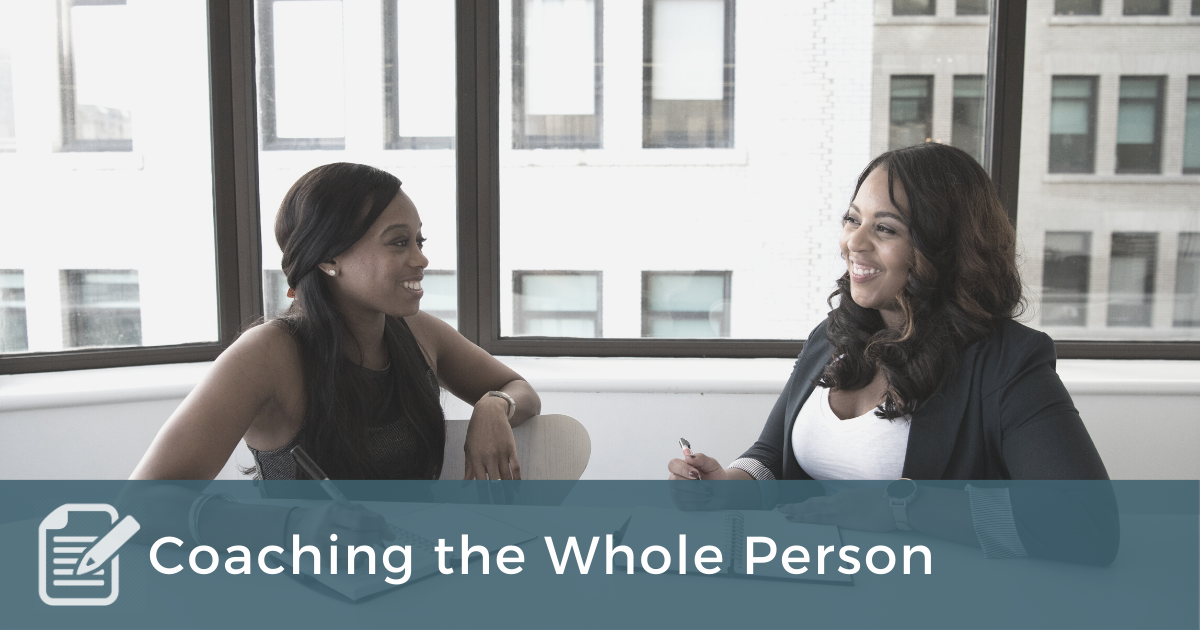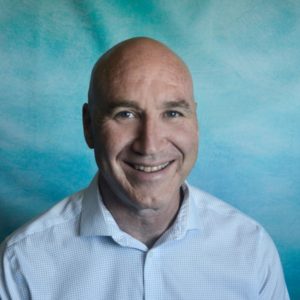
I just got done having breakfast with one of my favorite people in the world. Ken and I have been doing breakfast every other week for over ten years. We share about our lives – the challenges we are facing, the blessings we are experiencing. We bring problems we are facing and talk about them and sometimes come up with solutions. We are committed to praying for each other and the things we are going through. It is a great friendship and I always feel better for the time spent together.
Almost all of my coaching relationships have many of the elements of Ken and I’s friendship. We talk about important, meaningful things, prayer is often involved, I genuinely enjoy and like the people I work with and I love coaching so I always feel better out of the conversation. If I could get all of my clients to buy me breakfast, then I would really have something going!
But my coaching relationships are not primarily about friendship, unlike my relationship with Ken. My coaching relationships are about two measurable outcomes – awareness and action.
If at the end of a coaching conversation you haven’t helped your client define clear actionable items they are committed to pursuing, you have either not finished or you have failed to fulfill the purpose of your conversation. Even if you feel good and they feel good, you haven’t done what you’re supposed to do. Coaching, by its best definition, leads to new awareness and action.
Moving someone to action can be a challenge. Most of us are hesitant to nail down specific actions and timeframes we are committed to fulfilling. My personality loves to keep the options open. To commit to one thing is to say no to other things – I hate that!
Another problem is a client thinking about action in the same ways so that they don’t really move forward. Action is where the learning takes place in our lives. Without action any new awareness we have gained will be lost. From a neuroscience perspective, it is generally held the sooner the action after an insight, the deeper the learning. And if no action is taken within 24-48 hours, that insight and learning is largely lost.
Learning takes place in three ways. This is helpful to understand because we can begin to see patterns of action that aren’t effective and point our clients toward other actions that will lead them to their desired outcomes.
Actions will happen in three ways: Know. Experience. Do.
Know is the intellectual, thinking side of learning. A client becomes aware of a missing piece they need in order to move forward so they buy a book, listen to a podcast, research an area. If you have never lead a team and you know that is your growth edge, learning the key principles of team leadership could be a really important action.
Experience is the connection with the emotional self. When a client has an experience of something that they want to move toward, it engages their sensing/feeling part of themselves. Let’s say a client needs to step up their leadership and lead a team but they have never done team leadership. A learning action that is an experience would be to find a healthy team and experience three team meetings through observation and interaction with the team and then de-briefing with the team leader after each meeting what she saw, heard and felt in the meetings.
Do is where there is physical action involved. Taking the example from above, an action for the leader can shift from being the one who is experiencing the team meeting to being the one who actually leads the team meeting. She needs to grow in team leadership so she engages in doing the opportunities before her. She invites someone she trusts and respects to observe her leadership to create a reliable feedback loop to help her grow.
Know. Experience. Do. KED (Remember Keds shoes? Google it! Think about getting your KEDs on to help you remember!)
In your next few coaching sessions, begin to observe your client and yourself to see if you can identify a pattern of where you tend to go.
The Enneagram material talks about our three Centers of Intelligence – Thinking (Know) / Feeling (Experience) / Action (Do) – and our personality wiring has a primary default we go to first. Brian Miller did a great blog post on being aware of our personal wiring and you can find it HERE.
Once you begin to see the pattern, stretch yourself and your client by coming up with a different kind of action that will move them forward.
Great coaches learn how to coach the whole person – Mind, Heart and Body. Getting your KEDs on in moving your client’s action will help you become the great coach you can be!


